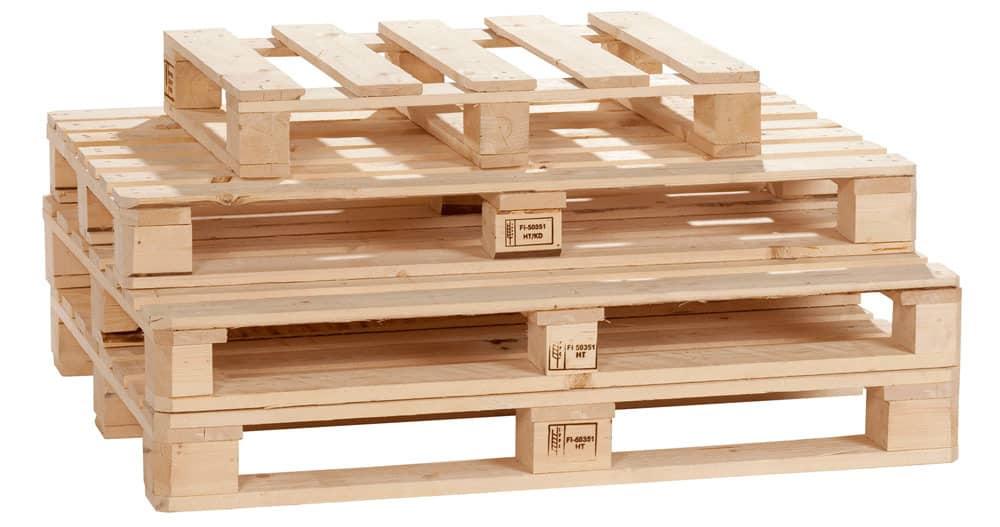Pallets have become an essential tool in industries worldwide for the transportation and storage of goods. Known for their strength and versatility, pallets provide a stable platform to efficiently move materials throughout the supply chain.
A Brief History
The origins of pallets can be traced back to 1920s North America when wooden platforms were introduced to replace insecure crates and boxes for moving cargo. This simple idea of a reusable, portable base alleviated manual lifting and allowed materials to be shifted around factories and warehouses using forklifts and pallet jacks. The ubiquitous pallet design soon spread globally as industrialization accelerated following World War II. Today, over 1 billion new pallets are manufactured annually worldwide.
Pallet Designs Through the Ages
Initially made of various woods like pine, oak and fir, modern pallets come in different styles to suit varied applications.
Stringer Pallets: One of the earliest and most widely used types, stringer Pallet feature three or four horizontal stringers joined by wooden boards forming the deck surface. Simple to manufacture, stringer pallets provide strength for loads up to 2,000 pounds.
Block Pallets: With increased wood costs, block pallets were introduced using composite wood blocks inset within a frame of stringers. Easier to repair than solid wood pallets, block pallets can bear heavier 3,000+ pound payloads.
Plastic Pallets: For improved durability in wet and outdoor conditions, high-density polyethylene (HDPE) and other plastics replaced wood as the primary material in the 1990s. Magnetic resonance imaging safe and corrosion resistant, plastic pallets are easy to sanitize and last considerably longer than wood.
Specialty Pallets: Specific industry needs have led to customized pallet designs like role pallets for carrying carpet rolls, half pallets for partial loads and reusable plastic container (RPC) pallets compatible with storage racks. Bakeries employ ventilated cake pallets with slatted decks.
The Modern Pallet Industry
It is estimated that over 1.86 billion pallets are in circulation globally at any given time. The United States alone consumes around 450 million new pallets annually worth over $4 billion. Today's high-volume pallet manufacturers employ advanced equipment like computer-controlled cutters and nailing machines to mass produce economical pallets meeting industrial standards.
To deliver just-in-time without waste, companies also outsource used pallet management to specialists. Pallet repair, rental, recycling and redevelopment services consolidate incoming pallets for repair or remanufacturing into new standardized load carriers. Sophisticated tracking technologies let businesses monitor pallet locations for improved inventory oversight.
The Pallet Impact On Logistics Efficiency
Versatile pallets have been pivotal to the explosive growth of global trade over the last 70 years. Some notable benefits include:
Faster Fulfillment: Layered loading on pallets condenses cargo for trucks and shipping containers compared to loose items. This reduces handling costs and transit times.
Mechanized Moving: Pallets work seamlessly with forklifts and pallet jacks to transport goods easily within warehouses and between transportation modes like trucks, trains and cargo ships. This automation multiplies productivity.
Reduced Damage: Firm wooden boards or plastic decks securely hold packaged items preventing crushing compared to unstable stacking. Less product is lost due to breakage over long distance hauls.
Standard Dimensions: Adherence to international pallet sizes and load limits means any palletized cargo can be mixed across different company fleets and transportation assets for optimized loading. This boosts network capacity utilization.
Safer Lifting: Ergonomic pallet moving with equipment prevents lifting injuries compared to manual boxing and stacking. Workers are also not required to enter storage areas under towering piled inventory.
The simple wooden pallet has supercharged worldwide logistics through operational scale and integration gains. Its continuing evolution ensures industries reliably share resources as supply chains evolve in complexity. Pallets will remain center stage in the delivery of manufactured goods to global markets for the foreseeable future.
Get More Insights On This Topic: https://www.newswirestats.com/understanding-the-importance-of-pallet-in-transportation/

